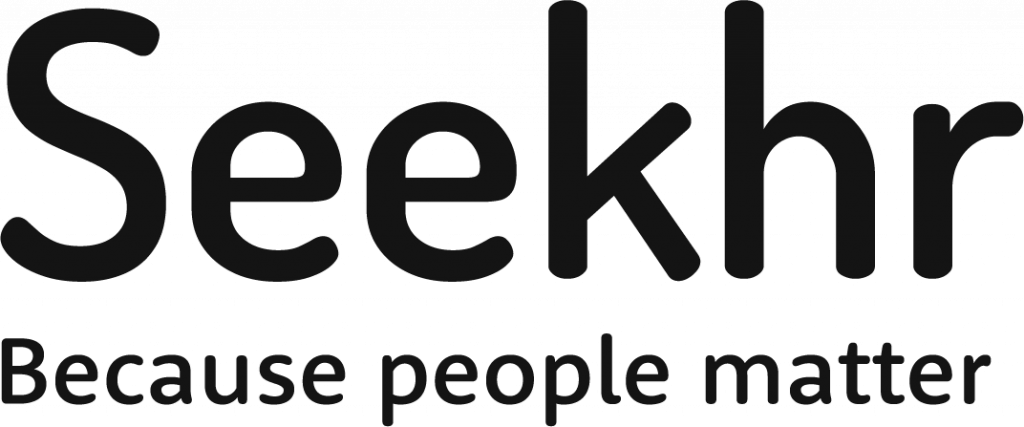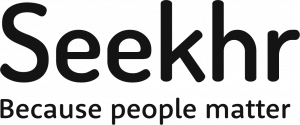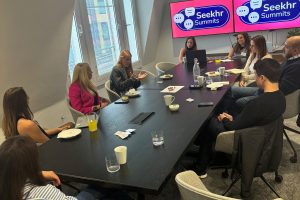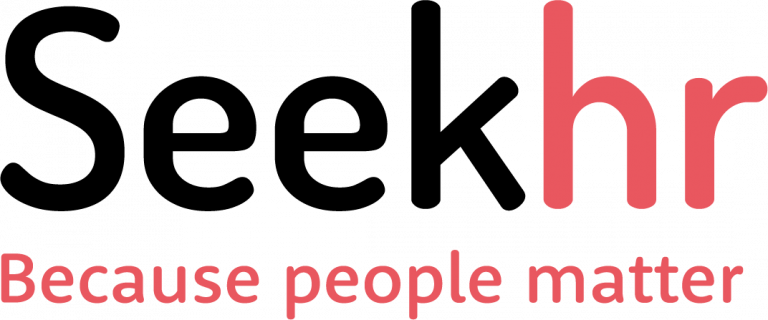When joining a business as their new HR Director, one of the first things you’ll find yourself working on is creating an effective HR lifecycle. As a crucial strategy that will influence business strategy moving forwards, it should be one of your top priorities.
In this blog, we’ll be sharing our thoughts on how to create a seamless HR lifecycle in your organisation.
What is the HR lifecycle?
The HR lifecycle encapsulates the stages of an employee’s journey within an organisation, from recruitment to departure. It includes processes such as attraction, onboarding, feedback, career development, retention, and offboarding. Each stage is crucial for creating a seamless experience for employees, from their initial introduction to the company through to their eventual departure or progression within the business.
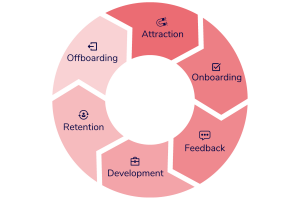
Attracting the right talent
The HR lifecycle always starts and ends with talent attraction. There are three steps to ensuring you achieve this:
#1 Cultivate an authentic employer brand that showcases your unique culture
This helps candidates understand what sets your organisation apart and why they should choose to work with you.
#2 Utilise diverse recruitment strategies to reach a wider talent pool
Understand where the candidates are that you’re trying to reach and use every tool at your disposal to get in front of them. This includes job boards, social media platforms, and networking events relevant to your industry.
#3 Prioritise a positive candidate experience throughout the selection process
According to a study from HRZone, 38% of candidates are more likely to accept an offer from your organisation if they have received a positive candidate experience.
From initial outreach to the final decision-making stage, providing clear communication, timely feedback, and a seamless application process can significantly enhance your employer brand and attract high-calibre candidates.
Onboarding successfully
Once the right talent has been identified and recruited, the next crucial stage in the HR lifecycle is onboarding.
With a comprehensive onboarding process, HR Managers can accelerate new employees’ integration, enhance job satisfaction, and set the foundation for long-term success within the company. Here are three things to consider when designing your onboarding process:
#1 Design an immersive program that goes beyond paperwork
Implement a structured orientation program to familiarise new employees with the company culture, policies, and procedures. Keeping it interactive and moving beyond paperwork helps new employees feel welcomed and integrated into the organisation from day one.
#2 Set clear expectations
Clearly communicate responsibilities and performance expectations.
Providing a comprehensive understanding of the job description and how it contributes to the organisation’s goals helps set realistic expectations and fosters a sense of purpose from day one.
#3 Create opportunities for mentorship and support
Meeting new colleagues can often be daunting. Assigning mentors or buddies to new employees can facilitate their integration into the team and provide valuable support and guidance as they navigate their new role.
Consistent catchups and communication
After onboarding, maintaining open lines of communication is crucial for sustaining employee engagement and satisfaction throughout their tenure. You should focus your efforts on creating a culture of open communication, where employees feel comfortable expressing their ideas, concerns, and feedback.
Here’s how to encourage continuous communication in the workplace:
#1 Offer regular feedback and development opportunities
Feedback is truly a gift. Make sure you provide lots of opportunities to give and receive feedback. This allows you to ensure you’re always supporting employees to the best of your ability.
#2 Recognise and reward achievements
Acknowledge and celebrate employees’ achievements and contributions to the organisation. Recognition can come in various forms, demonstrating appreciation and reinforcing the value they bring to the team.
Investing in career development
Investing in employee development is a cornerstone for nurturing talent and driving organisational growth. Here’s some points to consider when planning career development opportunities:
#1 Provide access to training programs and resources
Whether it’s internal training resources or third-party learning and development providers, offer employees access to a variety of programs, workshops, and resources tailored to their needs. These should be aligned with both personal and company goals.
#2 Encourage cross-functional collaboration
Foster a culture of collaboration by encouraging employees to work across departments and share their expertise and knowledge. Cross-functional projects and initiatives not only promote teamwork but also provide opportunities for employees to learn from one another, broaden their skill sets, and develop a deeper understanding of the wider business.
#3 Provide clear career pathways
By being clear about promotion opportunities, employees are motivated to continually develop their skills and knowledge, knowing that their efforts will be recognised and rewarded.
Retention strategies
In the penultimate stage of the HR lifecycle, we explore how to retain the talent you’ve nurtured.
Retaining top talent is paramount for sustaining success and fostering a positive workplace culture. Here are some retention strategies to consider:
#1 Conduct regular pulse surveys
Gauge employee satisfaction and identify areas for improvement by conducting regular employee surveys. Gathering feedback directly from employees allows businesses to address concerns proactively, enhance employee engagement, and foster a culture of continuous improvement.
#2 Offer competitive compensation and benefits
Salary is the most important factor in a job search. Research from digital and marketing recruitment agency, 3Search, found that 45% of employees left their role in 2023 for higher pay.
Ensuring your compensation and benefits packages are always aligned with market trends, is key to retention. Stay up to date with salary guides and live job adverts to ensure you offer fair and competitive salaries.
#3 Prioritise work-life balance initiatives
Despite some businesses trying to make the move back to full-time onsite employment, it’s clear that most employees do not want this way of working.
According to LinkedIn, a strong work-life balance is the highest priority for candidates searching for a new role. If your brand hasn’t got it right for your employees, you’re at a real risk of losing talent.
Work-life balance looks different to everyone and can include:
- Flexible working hours
- Remote work options
- Job share opportunities
- Paid time off
- Dog-friendly offices
- Childcare opportunities
#4 Internal mobility and forward-thinking performance management
Promote career growth and retention by offering internal mobility opportunities and implementing forward-thinking performance management cycles. By guiding and growing employees’ talents internally, organisations can retain top performers and cultivate a loyal, motivated workforce.
Offboarding
Though often overlooked, offboarding is the final step of the HR lifecycle and just as important as the rest. Properly managing employee departures can influence their experience and your organisation’s reputation.
Here are some factors to consider:
#1 Conduct exit interviews
Exit interviews are a great opportunity for the HR team to gather feedback, identify areas for improvement and reveal recurring issues contributing to turnover.
#2 Ensure a smooth transition
Have a process in place to ensure a smooth transition, considering all administrative tasks, such as:
- Returning company property
- Updating contact information
- Organising handovers and training
#3 Maintain relationships
Express gratitude and make the effort to maintain positive relationships with leaving employees. This can help maintain a positive reputation for the organisation and leave the door open for potential returns or referrals in the future.
The HR lifecycle continues…
And with the offboarding process, the HR lifecycle is complete! We hope these pointers will support you as you plan your own cycle.
Looking for HR and People recruitment support? Get in touch!
At Seekhr, we work with progressive, hyper-growth organisations to seek out the very best HR and People talent.
We’re actively building strong networks of HR professionals who are re-defining the People function and connecting them with our client base of heavy hitting CEOs and Founders. Start working with us today for the best recruitment experience you’ve ever had.
